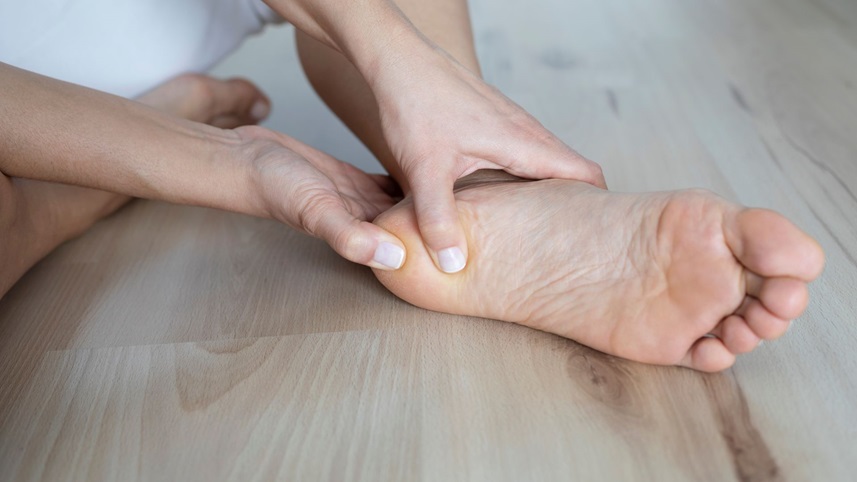
Heel Pain After Running: Causes, Remedies, and Preventative Measures
Heel pain is a common ailment that can be caused by a variety of things, such as running. If you are experiencing heel pain after running, it’s important to determine the cause and take steps to remedy the situation. In this article, we will discuss three causes of heel pain after running, along with treatment and preventative measures. Let’s get started!
What causes heel discomfort after running?
1. Plantar Fasciitis
Plantar fasciitis is an inflammation of the plantar fascia, which is a ligament that runs along the bottom of your foot. It often occurs because of overuse, such as running on hard surfaces or wearing shoes with inadequate support. Plantar fasciitis can cause heel pain and is often worse in the morning or after prolonged periods of standing. Also, checking out some of the great exercises for plantar fasciitis can help manage the condition.
2. Achilles Tendinitis
Achilles tendinitis is another common cause of heel pain after running, particularly if you are new to running or have recently increased the intensity of your workouts. This condition occurs when the Achilles tendon becomes inflamed due to overuse and can cause pain, stiffness, and swelling around the heel. This can also be accompanied by a popping or snapping sensation near the heel.
3. Heel Spurs
Heel spurs are another cause of heel pain after running. This condition occurs when calcium deposits form on the underside of the heel and can become very painful when they press against other parts of the foot. In addition, this condition often creates sharp, stabbing pain in the heel that worsens with exercise or walking.
What are the remedies for heel discomfort after running?
The best remedy for heel pain after running is rest and ice. Taking a break from running and applying an ice pack to the affected area will help reduce inflammation and relieve some of its pain. You can also wear supportive shoes or orthotics to help reduce the strain on the heel and lessen discomfort.
Using over-the-counter pain relievers can also provide relief from heel discomfort after running. These medications will help reduce inflammation and alleviate pain associated with heel problems. Make sure to check with your doctor before taking any medication and follow instructions carefully.
What Are the Preventative Measures for Heel Discomfort After Running?
Shoes with good cushioning and arch support will help protect your feet from the impact of running on hard surfaces. Make sure to replace your shoes regularly to avoid wear and tear that can lead to heel pain. You can also use inserts or orthotics to provide additional shock absorption and arch support. Stretching the plantar fascia, Achilles tendon, and calf muscles before running can help reduce strain on the heel. Make sure to do a proper warm-up before running, as this will help your body get ready for the activity.
To Conclude
Heel discomfort after running can be a painful and annoying problem but following these tips can help reduce the likelihood of it occurring in the first place. Make sure to listen to your body; if your symptoms persist, consider visiting a doctor for heel pain in Roswell to discuss other treatment options. They’ll be able to recommend custom orthotics or physical therapy that may help.



